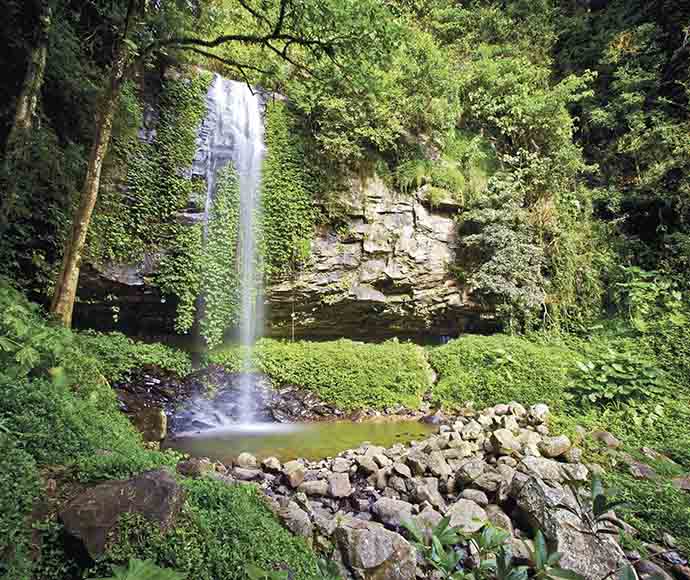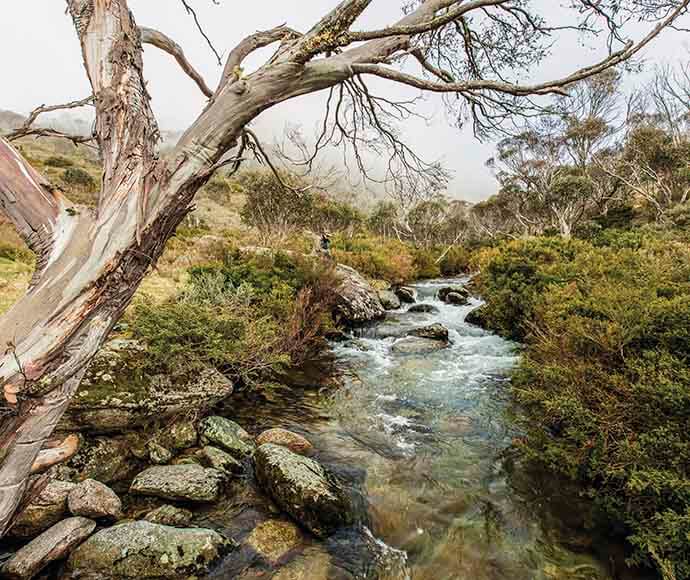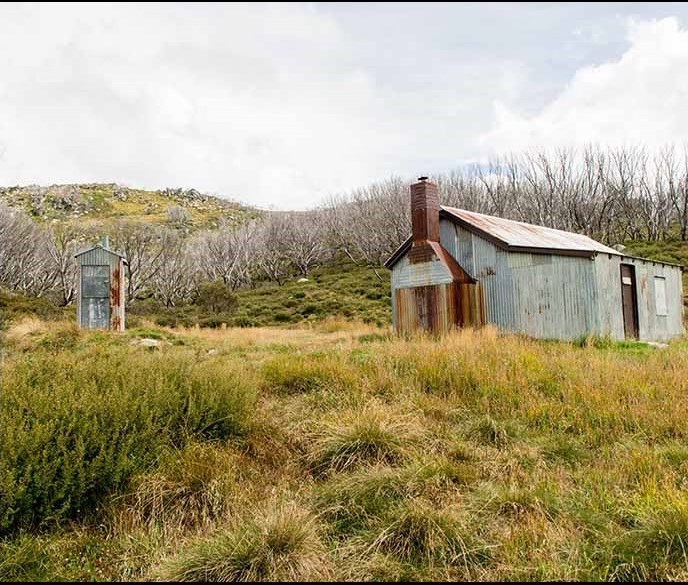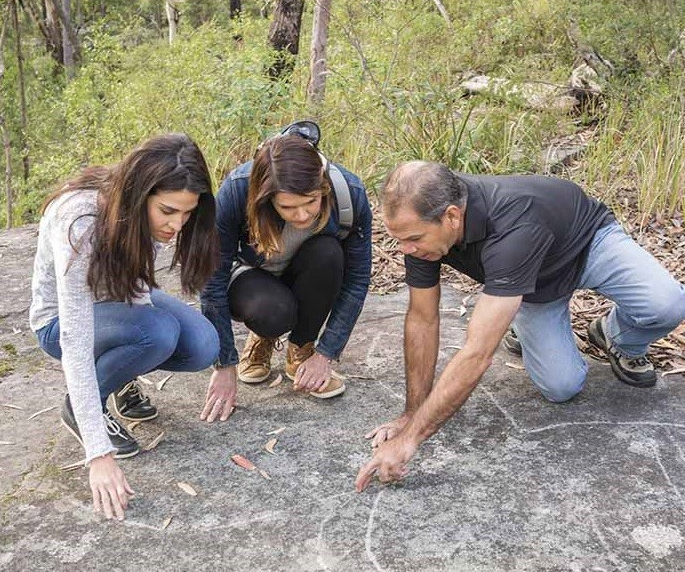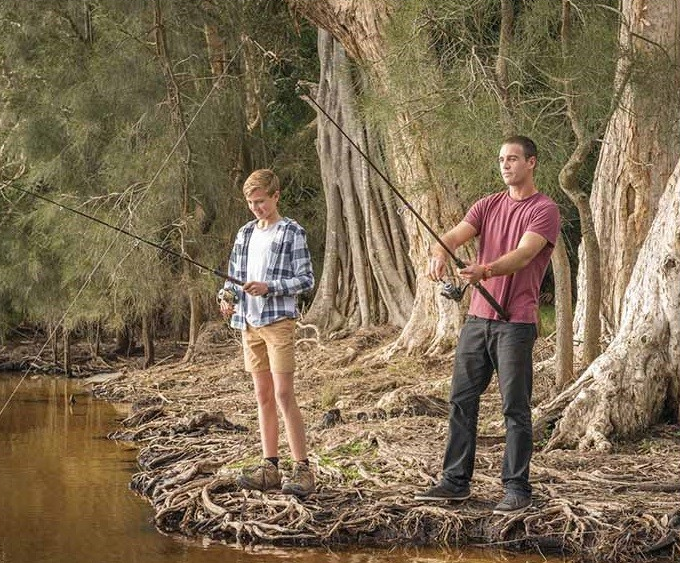When the National Parks and Wildlife Service consider the acquisition of land, we assess proposals on their merits and aim to protect a broad range of our natural and cultural heritage.
Land acquisition is guided by the NSW National Parks Establishment Plan and government direction to give priority to proposals that achieve conservation outcomes. We also give special consideration to proposals that involve areas of specific interest.
Our priorities
- Poorly reserved ecosystems, threatened species and habitats – protecting as many different ecosystems as possible will help protect as many species as possible
- Connectivity conservation – connecting protected areas allows animals to move between habitats to access food and shelter and allows plants and animals to disperse
- Land that improves reserve design – including land that minimises the impacts on a park from adjoining land or resolves access and management issues
- Culturally important landscapes and places – including landscapes and places of importance to people for their heritage, aesthetic, scientific or social value
- Wetlands, floodplains, lakes and rivers
- Lands within important water catchments – particularly catchments of community water supplies, coastal lakes, estuaries and areas that will enhance marine parks
- Places containing geodiversity such as caves, canyons or unique landforms.
Protecting diverse environments
A truly representative national parks system must reflect the wide variety of landscapes and environments in New South Wales, from the lush rainforests of the north-east, to the semi-arid rangelands of the far west, to the old-growth forests of the far south coast. The size and shape of parks must also be adequate to enable the long-term protection of this diverse heritage.
New South Wales is represented by 18 ‘bioregions’. A bioregion is an area of land with a relatively consistent landscape that supports distinct native plants and animals. These have been defined nationally by the Interim Biogeographic Regionalisation for Australia (IBRA).
Consideration of acquisitions at the bioregional level ensures that land we protect is representative of our diverse landscapes. Some bioregions, such as the Australian Alps and the Sydney Basin, are already relatively well represented and contain large areas of protected reserves. Other bioregions, such as those in the state’s central west, including the Cobar Peneplain and the Broken Hill Complex, are poorly represented. Six bioregions have less than 5% of their area protected in the national parks system.
Our conservation principles
The development of our national parks system is encapsulated in the conservation principles of comprehensiveness, adequacy and representativeness (CAR):
- Comprehensiveness refers to the aim to conserve samples of each element of biodiversity (represented by ecosystems) in the protected area system.
- Adequacy refers to how much of each ecosystem should be sampled to provide ecological viability and integrity of populations, species and communities.
- Representativeness builds on the principle of comprehensiveness. A representative protected area contains the full range of biodiversity within the ecosystems it contains.
These same principles underpin the national reserve system. Progress in the development of the NSW national parks system, and its contribution to the national reserve system, forms part of the Collaborative Australian Protected Area Database (CAPAD) reported on that website.
